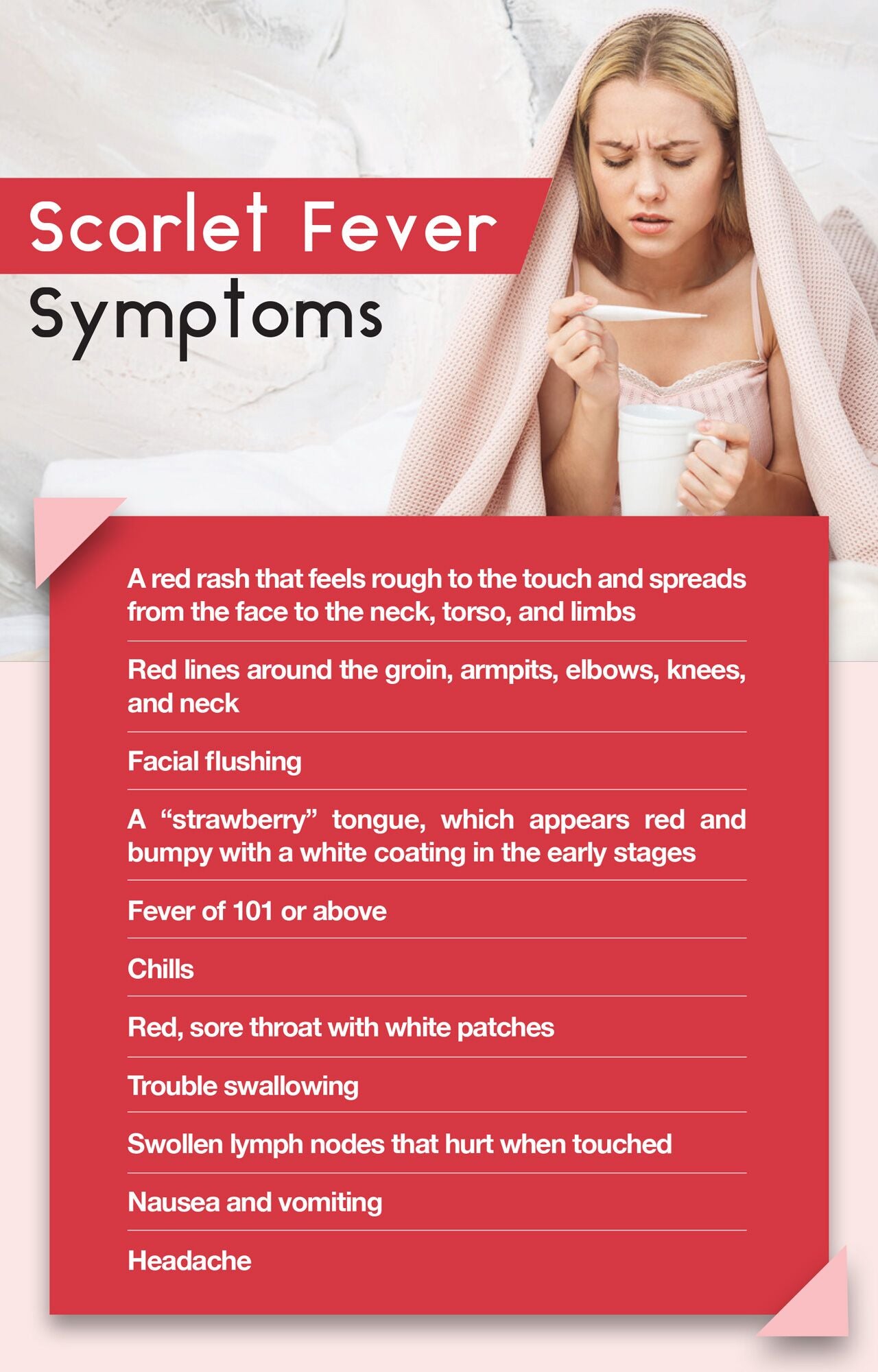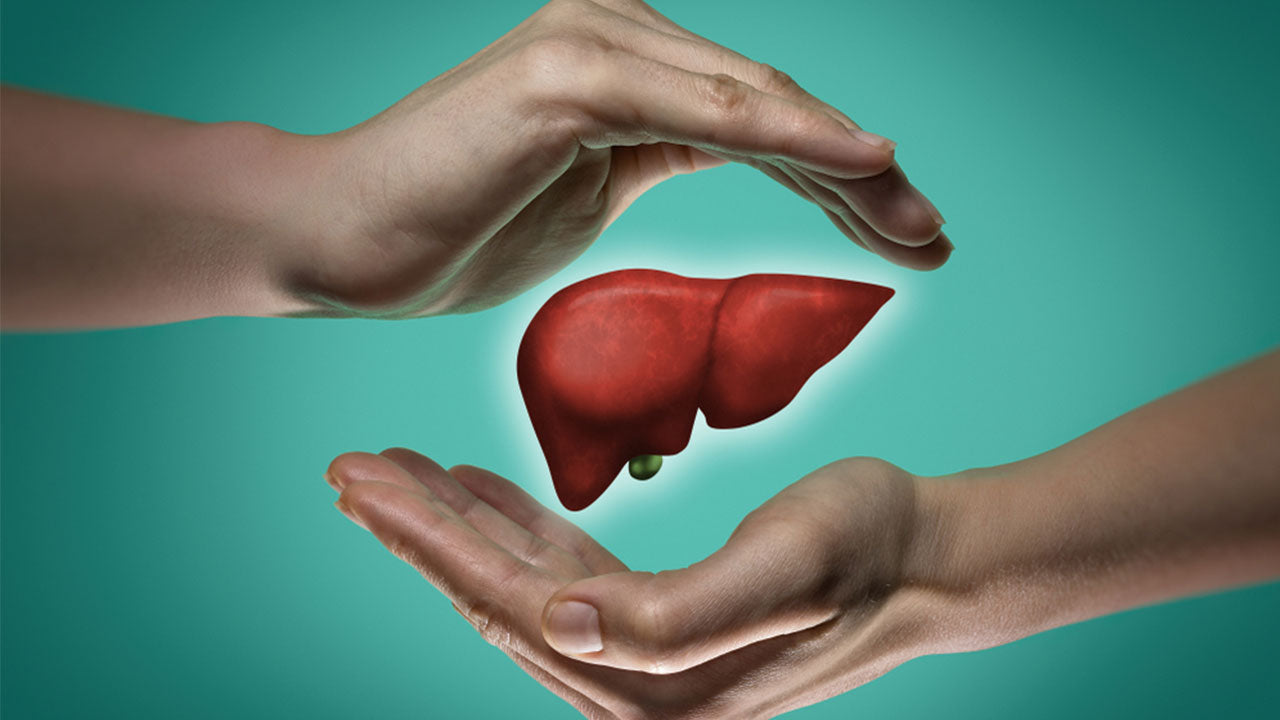Can Adults Get Scarlet Fever? Causes, Symptoms and Treatments
 By: by Amino Science
By: by Amino Science

Scarlet fever might sound like an illness from a 19th-century novel. However, the truth is that this condition still affects patients today and can cause serious damage to the heart, kidneys, and other parts of the body if left untreated.
A bacterial infection, scarlet fever develops in certain patients who have contracted strep throat. Also known as scarlatina, scarlet fever results in a red rash, sore throat, and high fever. Although it most commonly occurs in children between 5 and 15, adults can also develop the condition.
Seeking immediate antibiotic treatment for scarlet fever is the best way to avoid potentially harmful side effects and prevent the illness from spreading to others.
Identifying Scarlet Fever Causes
Developing from the same bacteria that causes a strep infection (Streptococcus pyogenes, also known as group A streptococcus), scarlet fever occurs when the bacteria releases a toxin into the body. The result is a bright red rash that covers the body and a red, swollen tongue referred to as strawberry tongue.
Patients contract scarlet fever from being in close contact with other people who have the disease. The infection is transmitted when a person with the condition sneezes or coughs, expelling droplets into the air. An individual can contract scarlet fever by touching something that an infected person has been in contact with. The Streptococcus bacteria can also cause skin infections known as cellulitis that transmits the bacteria to others. The incubation period for scarlet fever is between 2 and 4 days.
While anyone can develop scarlet fever, children between 5 and 15 years of age are at a higher risk. The illness spreads easily in crowded environments, such as schools and daycare centers.
Scarlet Fever Symptoms to Watch For
Wondering if your child could be suffering from scarlet fever? The following are scarlet fever symptoms and signs.

- A skin rash that is red and rough to the touch and spreads from the face to the neck, torso, and limbs
- Red lines around the groin, armpits, elbows, knees, and neck
- Facial flushing
- A strawberry tongue, which appears red and bumpy with a white coating in the early stages
- Fever of 101 or above
- Chills
- Red, sore throat with white patches
- Trouble swallowing
- Swollen lymph nodes (neck glands) that hurt when touched
- Loss of appetite
- Nausea and vomiting
- Abdominal pain
- Headache
While most patients recover quickly from scarlet fever, seeing a disappearance of symptoms within two weeks, the condition can lead to serious complications if left untreated. Long-term effects of the illness include:
- Kidney disease
- Skin and ear infections
- Throat abscesses
- Pneumonia
- Arthritis
- Rheumatic fever
A serious condition, acute rheumatic fever can affect the heart, causing long-term damage. In fact, scarlet fever was a leading cause of heart disease in adults prior to the discovery of antibiotics.
Seeking treatment immediately is the best way to keep scarlet fever from developing into more serious health problems and to prevent the illness from spreading.
Scarlet Fever Treatments
Once upon a time, scarlet fever was a serious and potentially fatal condition for many patients. These days, most cases of scarlet fever can be treated quickly and effectively with antibiotics. It’s important to take the whole course of antibiotics, even if you are no longer experiencing symptoms. If you’ve been diagnosed with scarlet fever, you should also avoid returning to school or work until you have been on medication for at least 24 hours and no longer have a fever.
It’s not uncommon to experience pain or discomfort as a result of scarlet fever. After checking for strep bacteria with a throat swab to the back of the throat, your doctor may recommend the following treatments and remedies to ease your distress:
- Gargling with warm, salt water
- Drinking plenty of fluids
- Using a cool mist humidifier to add moisture to the air in your home
- Taking OTC painkillers like Tylenol or Advil
- Using an anti-itch medicine such as calamine lotion for the rash
Be sure to check with your doctor before administering any new medications to young children.
Can Adults Get Scarlet Fever?
Contrary to popular belief, it’s not just children who can contract scarlet fever. While the illness is more common in young people, especially those between 2 and 8 years old, reports suggest that the condition is seen in adults on occasion. Typically, adults who contract Streptococcus bacteria don’t experience the rash that is common in younger patients.
According to a CNN article, scarlet fever cases are on the rise for reasons that baffle researchers. In 2016, British doctors reported 20,000 occurrences of scarlet fever—the largest increase in 50 years. Scarlet fever cases are also climbing in a number of East Asian countries, including Vietnam, South Korea, Hong Kong, and China.
If you have any of the symptoms of scarlet fever or strep throat, you should seek immediate medical attention to protect yourself and your loved ones.
Preventing Scarlet Fever
Best practices for preventing bacterial infections apply to scarlet fever prevention.
- Handwashing: Make handwashing with warm, soapy water a standard practice.
- Eating utensils: Don't share beverage or eating utensils, and make a point of washing dining ware well.
- Illness manners: Cover your mouth and nose when coughing or sneezing to keep others from catching strep throat or scarlet fever.
- Boosting immunity: Eat an antioxidant-rich diet and supplement with immune-strengthening amino acids.

Up to 25% off Amino
Shop NowTAGS: conditions
Join the Community
Comments (0)
Most Craveable Recipes




 833-264-6620
833-264-6620



















